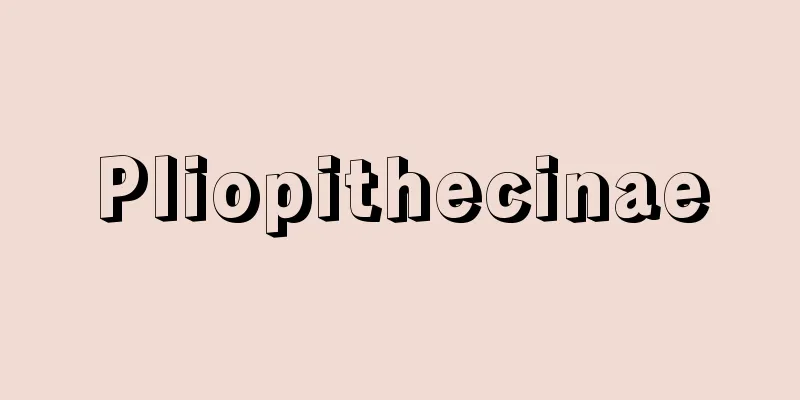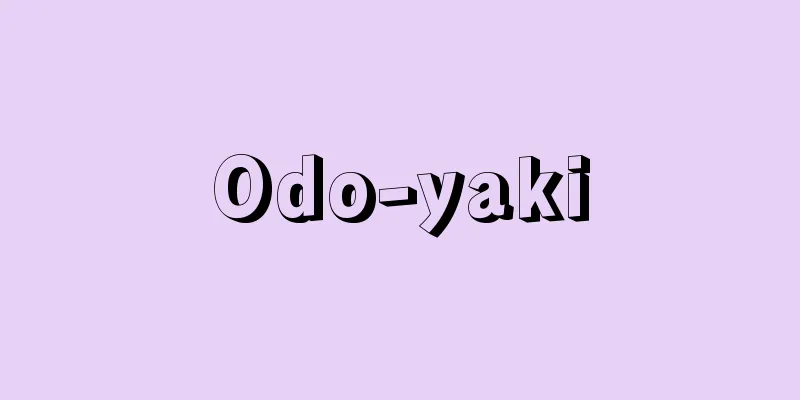Rakufu - Gafu

|
The name of a style of poetry in classical Chinese poetry. Originally, it was lyrics sung to accompany music, and there were various forms depending on the music, with no set number of characters or phrases per line. The name Gafu was born from the songs that were actively performed and created at the Gakufu, the music department at the palace established by Emperor Wu of Han. The Gakufu collected folk songs from all over the country, and also created songs by literati, which were performed at festivals and banquets at the palace. Later, each piece of music came to be called a Gafudai, and the lyrics that accompanied it came to be called Gafu. It is believed that almost all ancient poetry was sung, so the history of the Yuefu dates back far before the Han dynasty. In particular, musical pieces were sung at festivals and banquets of the imperial court and the nobility, military songs were sung during wars, and there were many folk songs that sang the joys, sorrows, anger, and happiness of everyday life among the general public. It is said that in the past, officials who collected folk songs to gauge the public's mood were appointed. In other words, the Yuefu included ceremonial songs, military songs, and folk songs. During the Han dynasty, the Yuefu produced the five-character poem, a fixed form of poetry, and when poetry for reading, which was separate from music, became established, a distinction was made between the Yuefu and poetry in the narrow sense. However, after the Han and Wei dynasties, literati became interested in the Yuefu, and a large number of works were created throughout the Wei-Jin and Northern and Southern Dynasties, and new songs were created one after another among the general public and became very popular. The vitality and fresh expressions of these folk songs had a great influence on literati. The seven-character fixed form of poetry also originated and became established during the popularity of the Yuefu school during the Northern and Southern Dynasties period. However, in the Tang Dynasty, traditional music was lost, and Yuefu was transformed into old-style poetry that simply borrowed Yuefu themes as themes and imitated their style. On the other hand, new Yuefu became popular, using new musical pieces from the Western Regions or newly discovered folk songs, and Yuefu-style poems with new themes that incorporated folk colors and ideas, so-called new Yuefu, became more diverse. The Tang people loved Yuefu very much, and there are many Yuefu works in a modern style, such as seven-character quatrains. It is noteworthy that Yuefu-style poems were written to appeal to the feelings of the people and criticize society, and there are excellent works by Du Fu and Bai Juyi. Yuefu from the pre-Qin and Han dynasties to the Tang and Five Dynasties are comprehensively collected in 100 volumes in the "Yefu Poetry Collection" by Guo Maoqian of the Northern Song Dynasty. People from the Song dynasty onwards showed little interest in the traditional Yuefu. The production of Yuefu never ceased until the end of the Qing dynasty, but in terms of songs, they focused on creating new songs such as "Shi" which was popular in the Song dynasty, "Xiaoling" in the Yuan dynasty, and "Sanqu" in the Ming dynasty. All of these were originally folk songs, and each of them is sometimes called a Yuefu. [Sato Tamotsu] "Historical Study of the Music Industry" by Masuda Kiyohide (1975, Sobunsha) "Koyoichi Oobi and Sadao Okamura "Ancient Music Industry" (1980, Tokai University Press) [Reference] |Source: Shogakukan Encyclopedia Nipponica About Encyclopedia Nipponica Information | Legend |
|
中国古典詩の詩体名。もとは楽曲にあわせて歌われた歌詞で、楽曲により多様な形式があり、一句の字数、一首の句数は一定しない。漢の武帝がつくった宮中の音楽署楽府(がくふ)で盛んに演奏され、制作された歌の意味で、楽府(がふ)の名が生まれた。楽府(がくふ)では各地の民謡を集めると同時に、文人による創作も行われ、宮廷の祭礼・宴会等に演奏した。のちにそれぞれの楽曲を楽府題(がふだい)といい、それに付された歌詞を楽府(がふ)とよぶようになった。 古代の詩歌はほぼみな歌われていたと思われるので、楽府の歴史は遠く漢以前にさかのぼる。とくに宮廷・貴族の祭礼や宴会には楽章を歌い、戦争には軍歌を歌い、民間には日々の喜怒哀楽を歌う数多くの民謡があった。古くは、民情を探るために民謡を集める采(採)詩(さいし)官が置かれたとも伝えられている。つまり、楽府には儀礼歌、軍歌、民謡などがあったのである。漢代に楽府から定型詩の五言詩(ごごんし)が生まれ、音楽から離れた読むための詩が定着すると、楽府と狭義の詩との区別が生じたが、漢・魏(ぎ)以降、文人たちが楽府に興味を示し、魏晋(ぎしん)南北朝期を通じて大量の作品がつくられ、民間でも新しい歌曲が次々に生まれて盛んに流行した。それらの民歌の生気と新鮮な表現は文人たちに大きな影響を与えた。七言定型詩も南北朝期の楽府の盛行のなかから生まれ、定着したのである。 しかし唐代に入ると、それまでの伝統的な音楽が失われ、楽府は単に詩題として楽府題を借り、そのスタイルを模倣するだけの古体詩に変容した。しかし一方では、西域から入った新しい楽曲、あるいは新たに発掘された民歌などによる新しい楽府が流行し、さらには民間的色彩と発想を取り入れた新題の楽府体の詩、いわゆる新楽府がつくられるなど、楽府は多様となった。唐人はすこぶる楽府を好み、七言絶句など近体詩の楽府作品も少なくない。注目すべきは、民情を訴え社会批判を行うために楽府体の詩がつくられたことで、杜甫(とほ)や白居易(はくきょい)に優れた作品がある。先秦(せんしん)・漢から唐・五代までの楽府は、北宋(ほくそう)の郭茂倩(かくもせん)の『楽府詩集』100巻に網羅的に集められている。宋以降の人々は伝統的な楽府にはあまり関心を示さない。楽府の制作は清(しん)末に至るまでけっしてとだえはしなかったが、歌謡としては、宋代に流行した「詞(し)」、元代の「小令(しょうれい)」、明(みん)代の「散曲(さんきょく)」など、新しい歌の制作に力を注いだ。それらも、もとはすべて民間的な歌謡であって、それぞれ楽府の名でよばれることがある。 [佐藤 保] 『増田清秀著『楽府の歴史的研究』(1975・創文社)』▽『小尾郊一・岡村貞雄著『古楽府』(1980・東海大学出版会)』 [参照項目] |出典 小学館 日本大百科全書(ニッポニカ)日本大百科全書(ニッポニカ)について 情報 | 凡例 |
<<: Capua - Capua (English spelling)
Recommend
Emperor Goshirakawa
The 77th Emperor (reigned 1155-58). His given nam...
Interactive Process
… [Interactions in physics] The force exerted by ...
Cecil Beaton
British photographer. His real name was Cecil Wal...
Salad (Japanese) - Salad
A dish made by mixing fish, shellfish, vegetables,...
Robert Lingat
1892‐1972 French scholar. An authority on comparat...
Google - Google
…A freshwater fish of the family Grigidae (illust...
Diptera
...A general term for insects that belong to the ...
Houdry, EJ
...The process of cracking heavy petroleum fracti...
Northern brown bat - Kitakubiwa bat
...They are distributed in Eurasia, Africa, Austr...
Deep sea - Shinkai (English spelling) abyss
There is no clear definition of how deep the deep...
Eyre, Edward John
Born: August 5, 1815, Hornsea, Yorkshire [Died] No...
Lutheran World Federation
…Since then, with the expansion of Christian miss...
Wax paper - wax paper
A type of decoration for paper, this paper has des...
Book burning
The burning of books. In particular, the act or ri...
Cymbidium
A general term for the genus Cymbidium (Cymbidium...



![Airao [mountain pass] - Airao](/upload/images/67cf1880eb5a4.webp)





